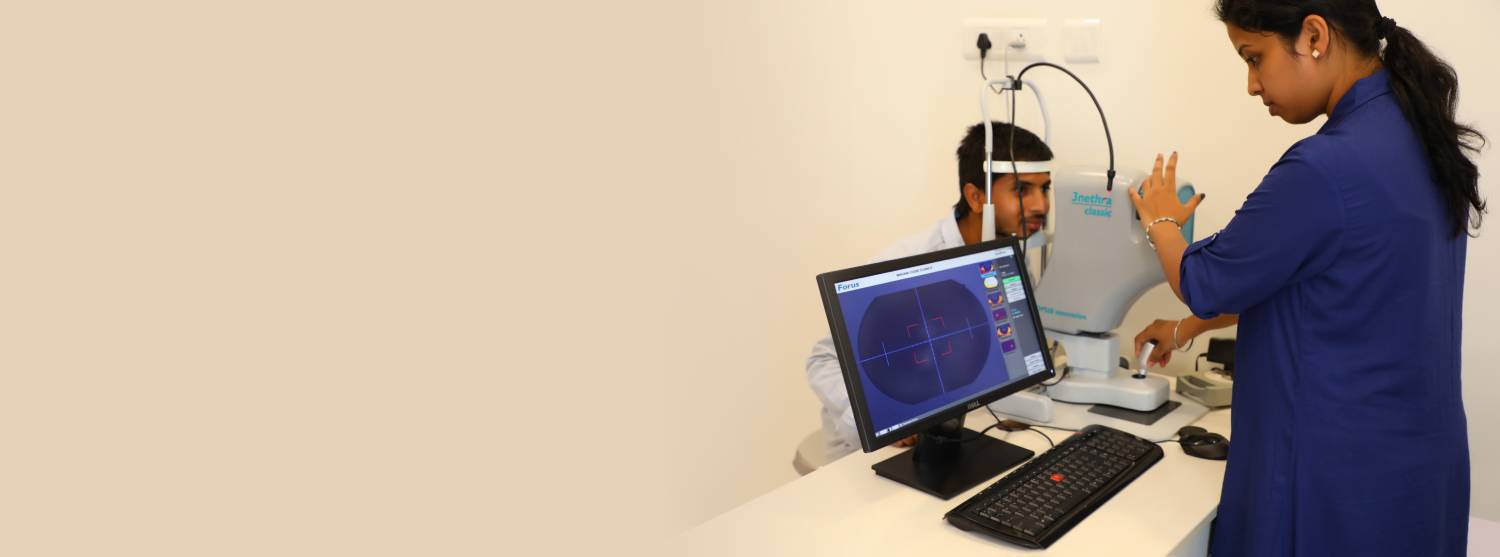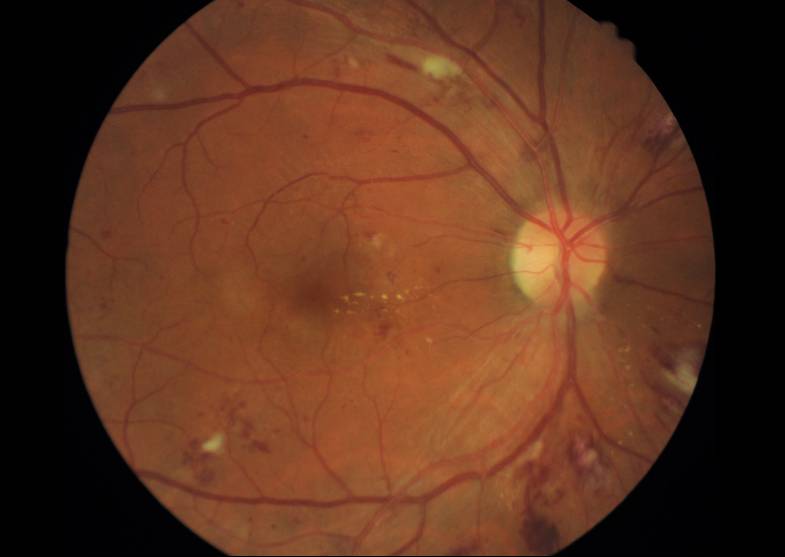What are the measures that will be taken at magna to stop diabetic retinopathy from progressing?
At Magna, once we recognise that a patient has diabetic retinopathy, we take full precaution to make sure that the patient’s glucose control is improved. Glycaemic control is one of the most important ways through which diabetic retinopathy can be prevented or improved . Certain medications like fenofibrate statins are effective in reducing the progression of diabetic retinopathy. Good blood pressure control also helps in preventing the progression of diabetic retinopathy as well as management of iron deficiency anemia.



